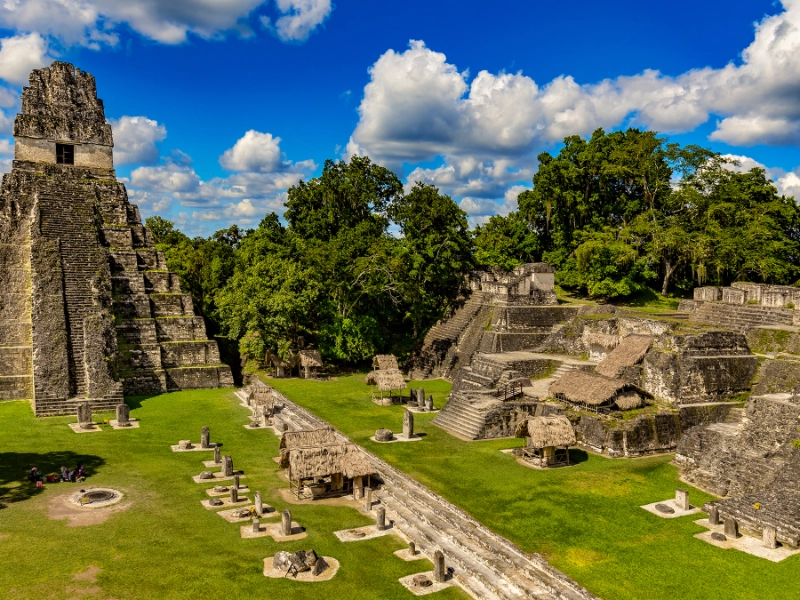Renowned for its extraordinary achievements in art, architecture, and astronomy, the Maya civilisation has left a legacy veiled in uncertainty. Deeply hidden among the Central American jungles are the ruins of once vibrant towns with rich cultural legacy. Revealing the incredible secrets these historic sites hold, this page investigates their background, discovery, and relevance.
1. The Rise of the Maya Civilization

Advertisement
From from 2000 BC until the entrance of Spanish colonists in the 16th century, the Maya civilisation flourished in Mesoamerica. It covered Mexico today, Guatemala, Belize, Honduras, and El Salvador. The Maya were well-known for their sophisticated farming methods, which let them sustain sizable populations in highly inhabited city-states. Their cuisine was built on refined methods for growing crops such maize, beans, and squash, which they devised.
The creation of city-states, each with a king and own culture, marks the Maya's ascent. Major cities such Calakmul, Palenque, and Tikal grew hubs of political authority, trade, and religious activity. Showing their architectural mastery, the Maya constructed magnificent palaces, temples, and pyramids. Often decorated with elaborate carvings and murals depicting their gods, historical events, and daily life, these buildings were
Maya society was fundamentally religious, and it shaped their architecture, painting, and government. Each of the pantheon of gods the Maya revered connected with celestial bodies and natural elements. Human sacrifices among other rites were carried out to please these gods and guarantee agricultural productivity. To schedule events and measure time, the Maya also created a sophisticated calendar system.
The civilisation grew and so did its impact on Mesoamerican trading routes. Trading items including jade, textiles, and cocoa, the Maya established financial relationships with other societies. Maya city-states' riches and influence derived from this thriving trade helped to propel scientific, mathematical, and astronomical advances.
All things considered, the emergence of the Maya society is evidence of human creativity and adaptation. One of the most intriguing civilisations in history began with their successes in architecture, culture, and agriculture. Appreciating the relevance of the lost cities buried in the jungles of Central America depends on knowing this background.









